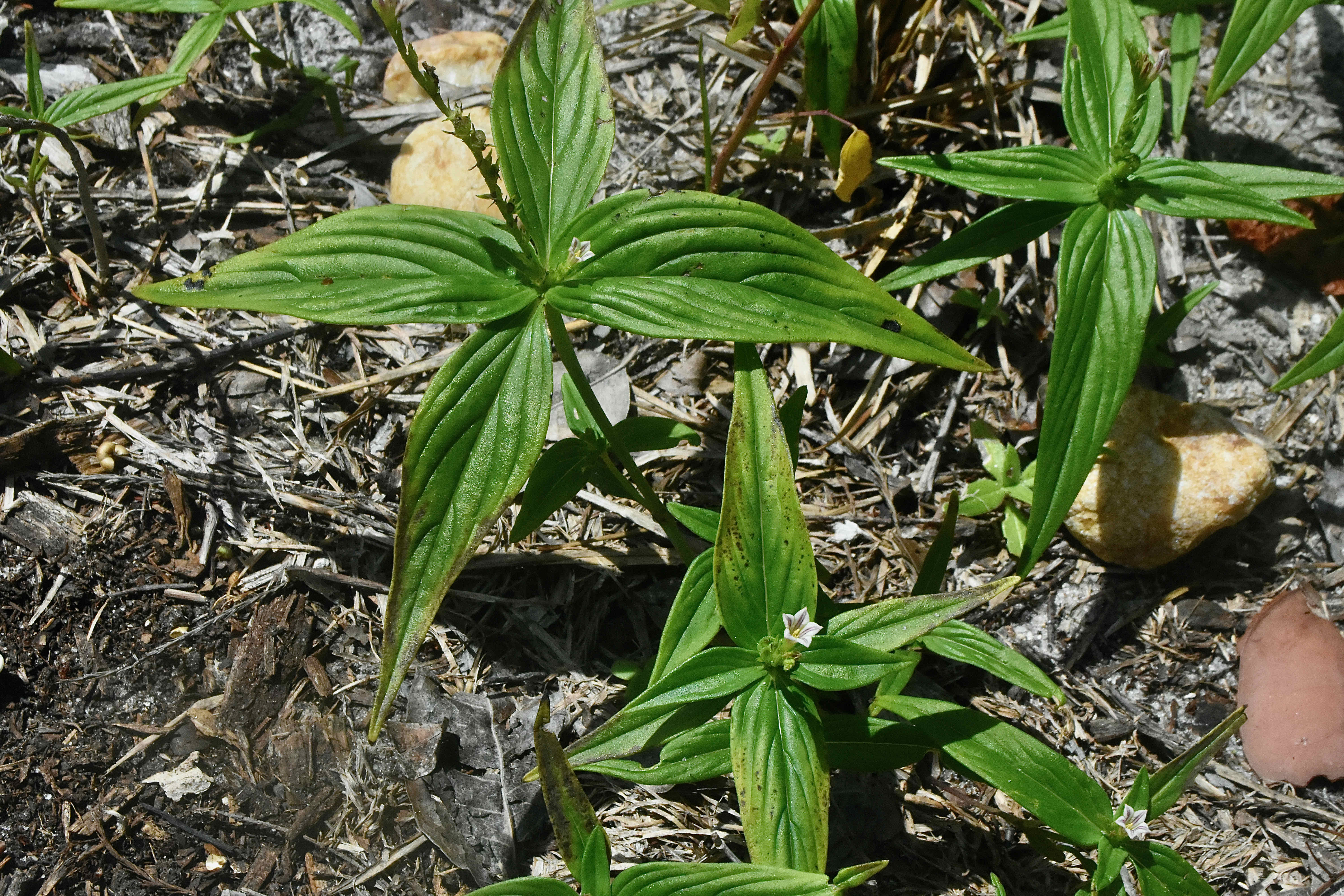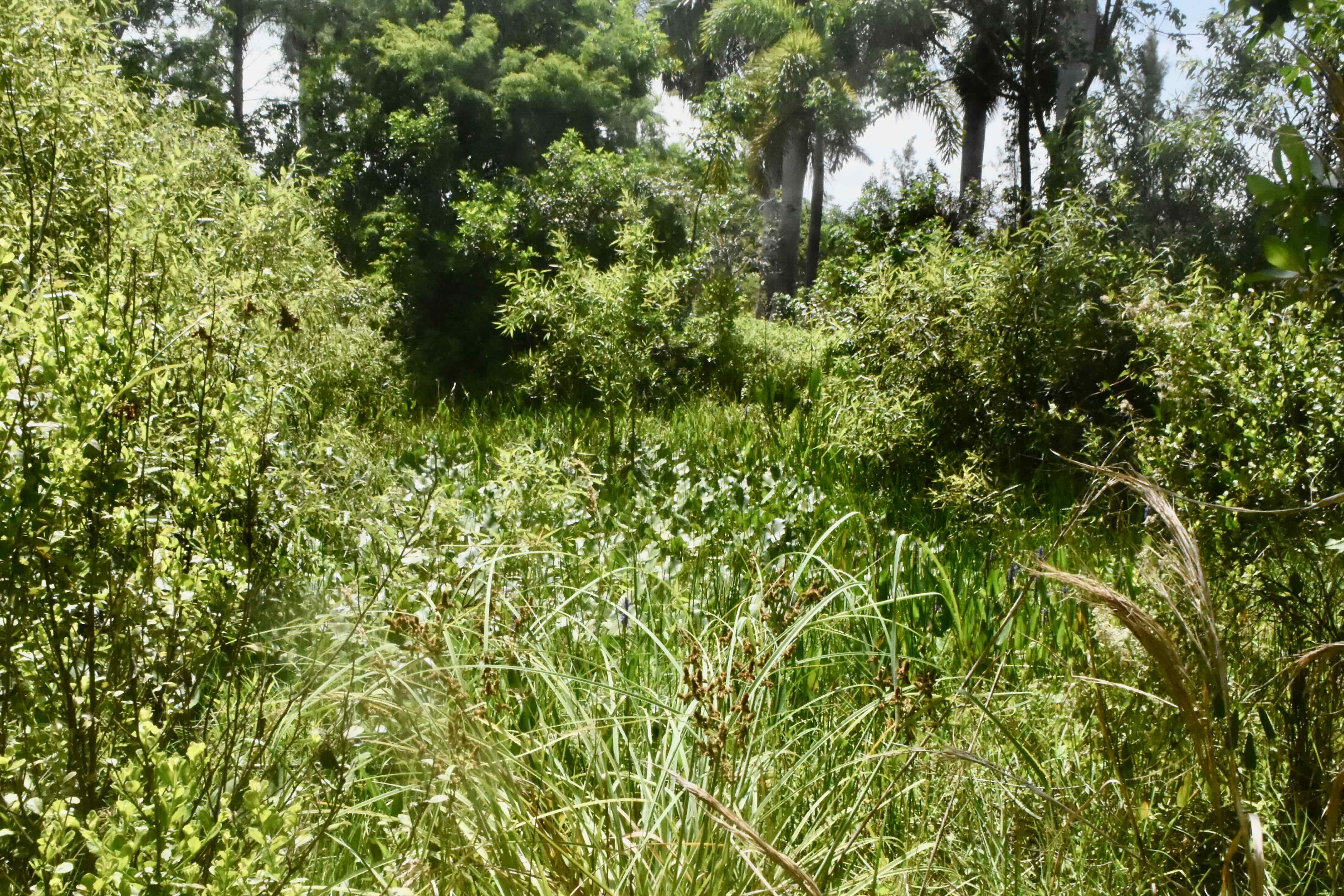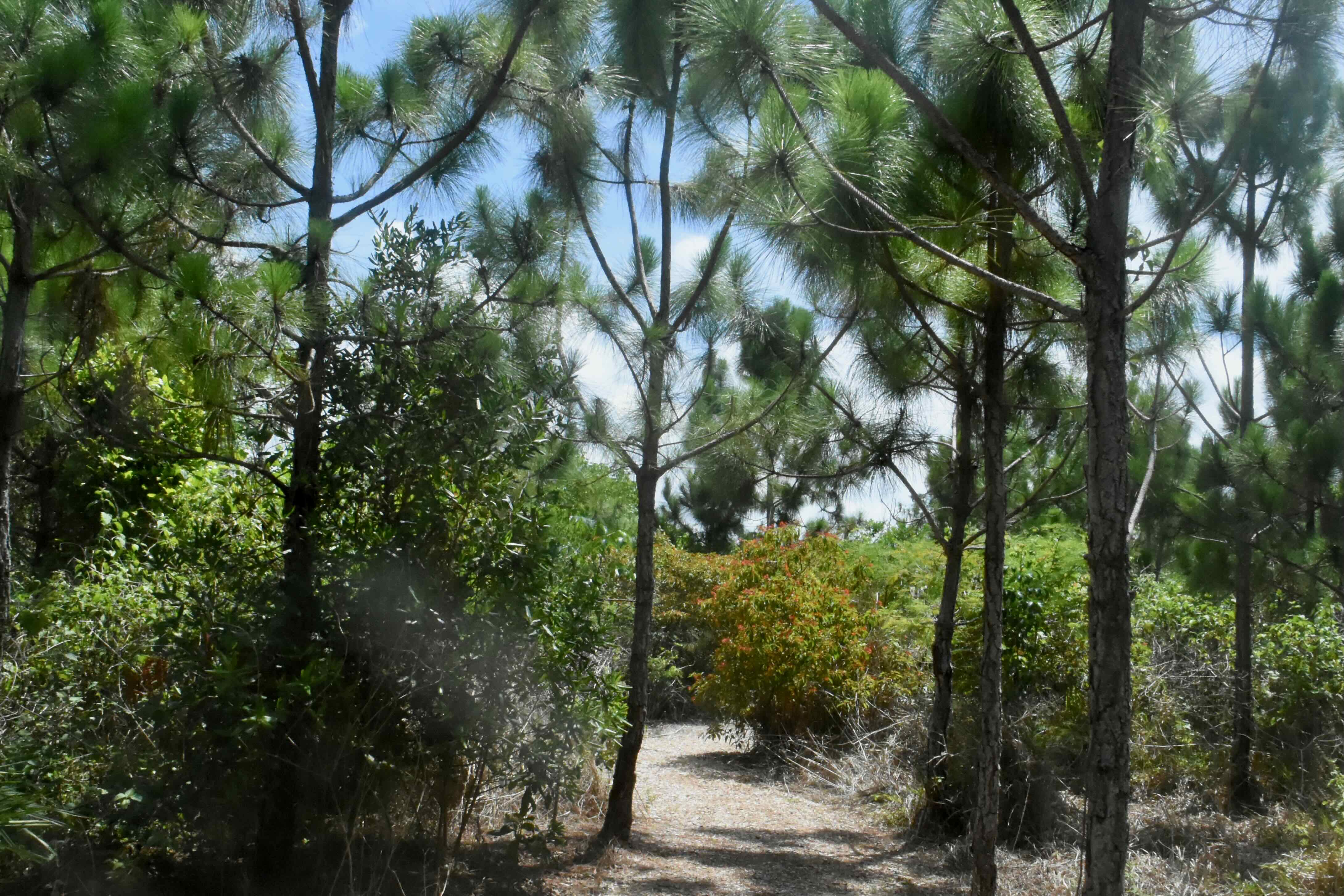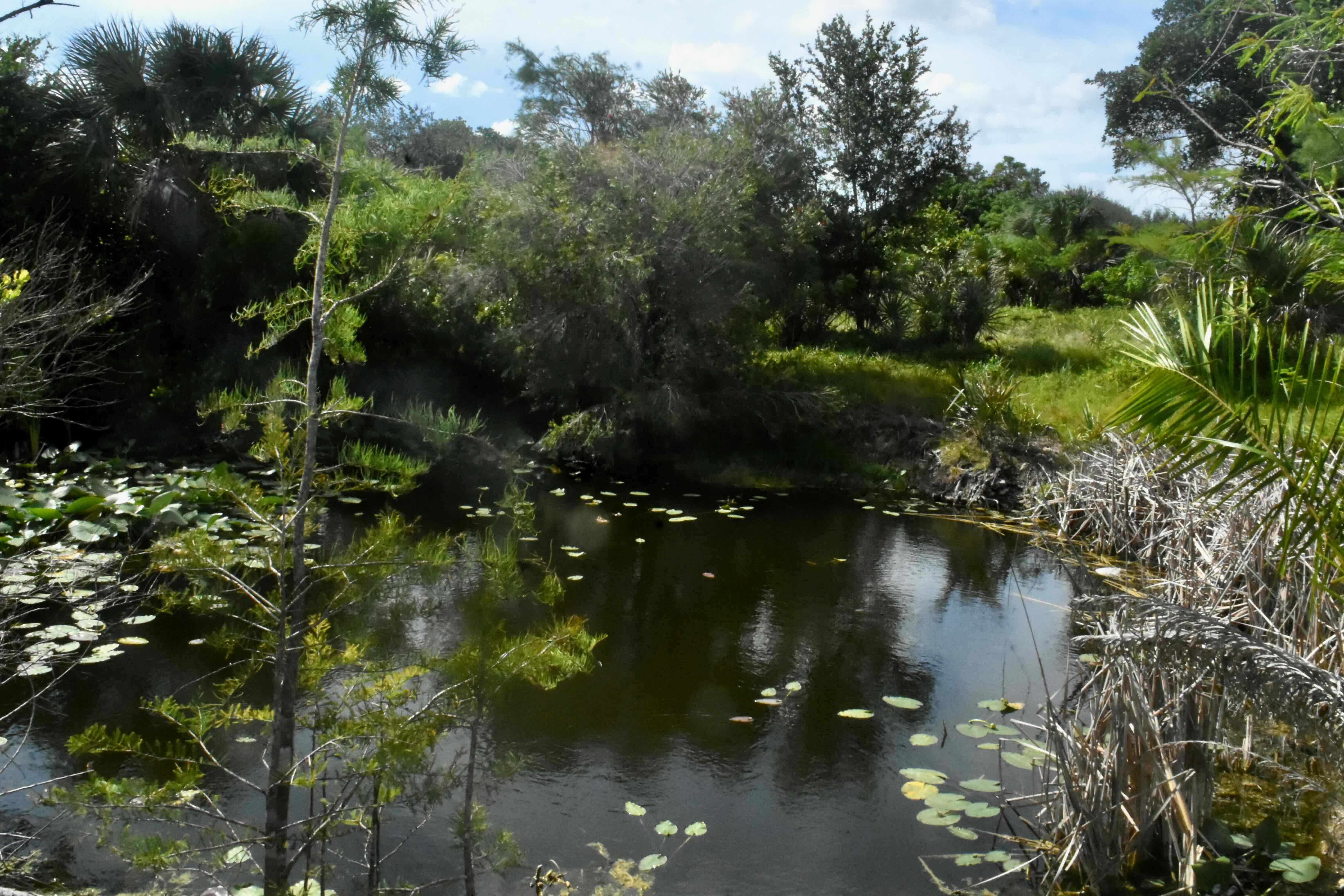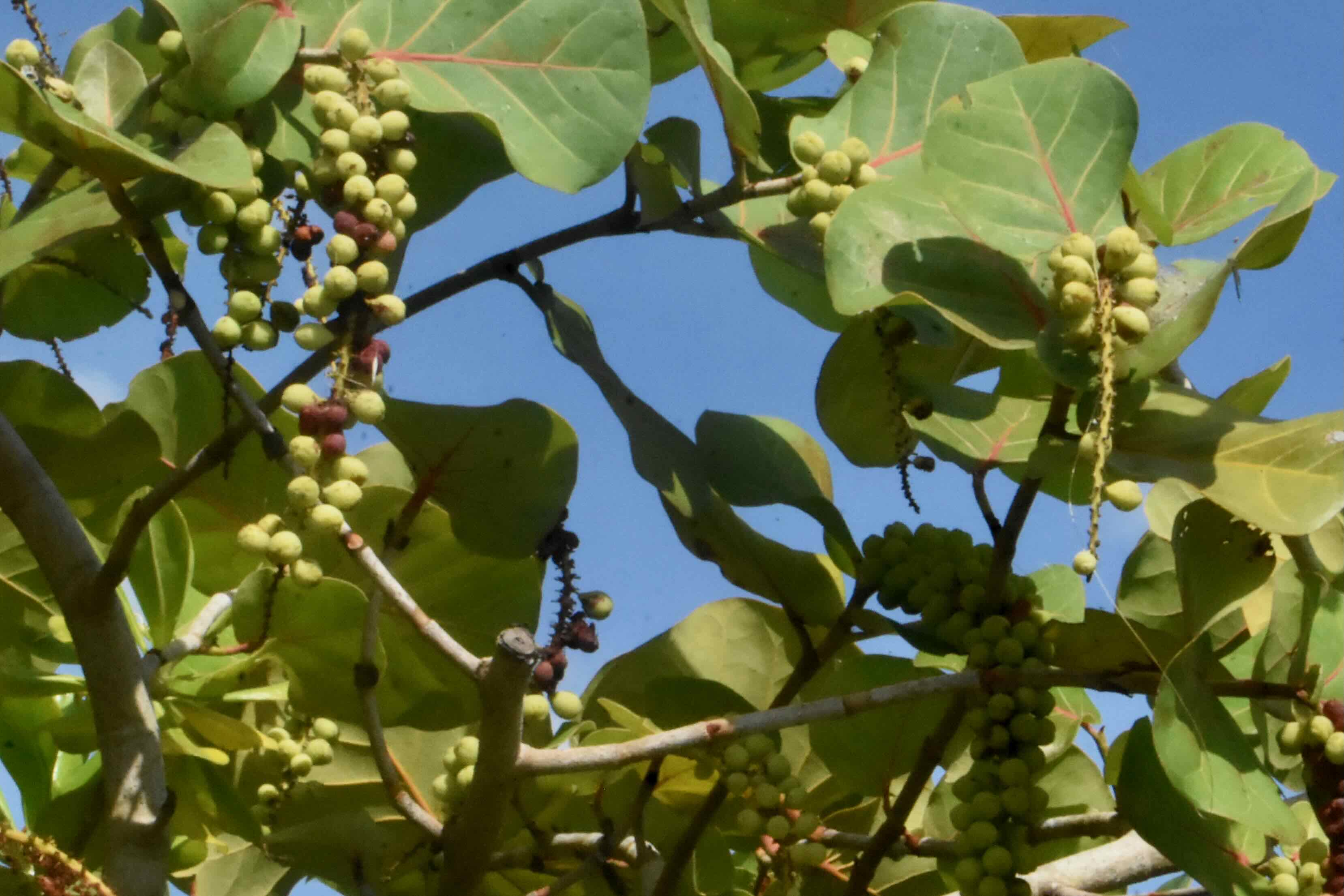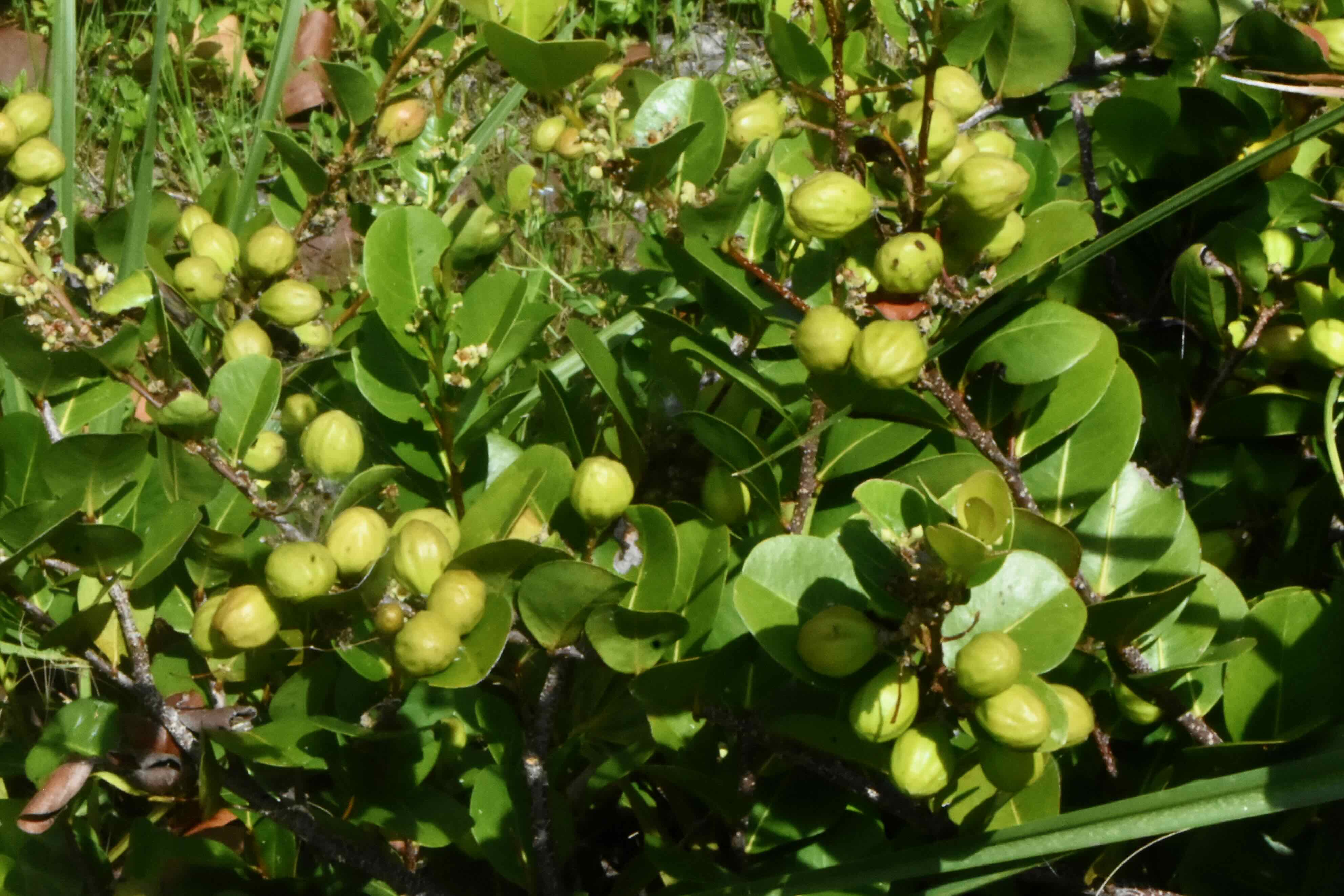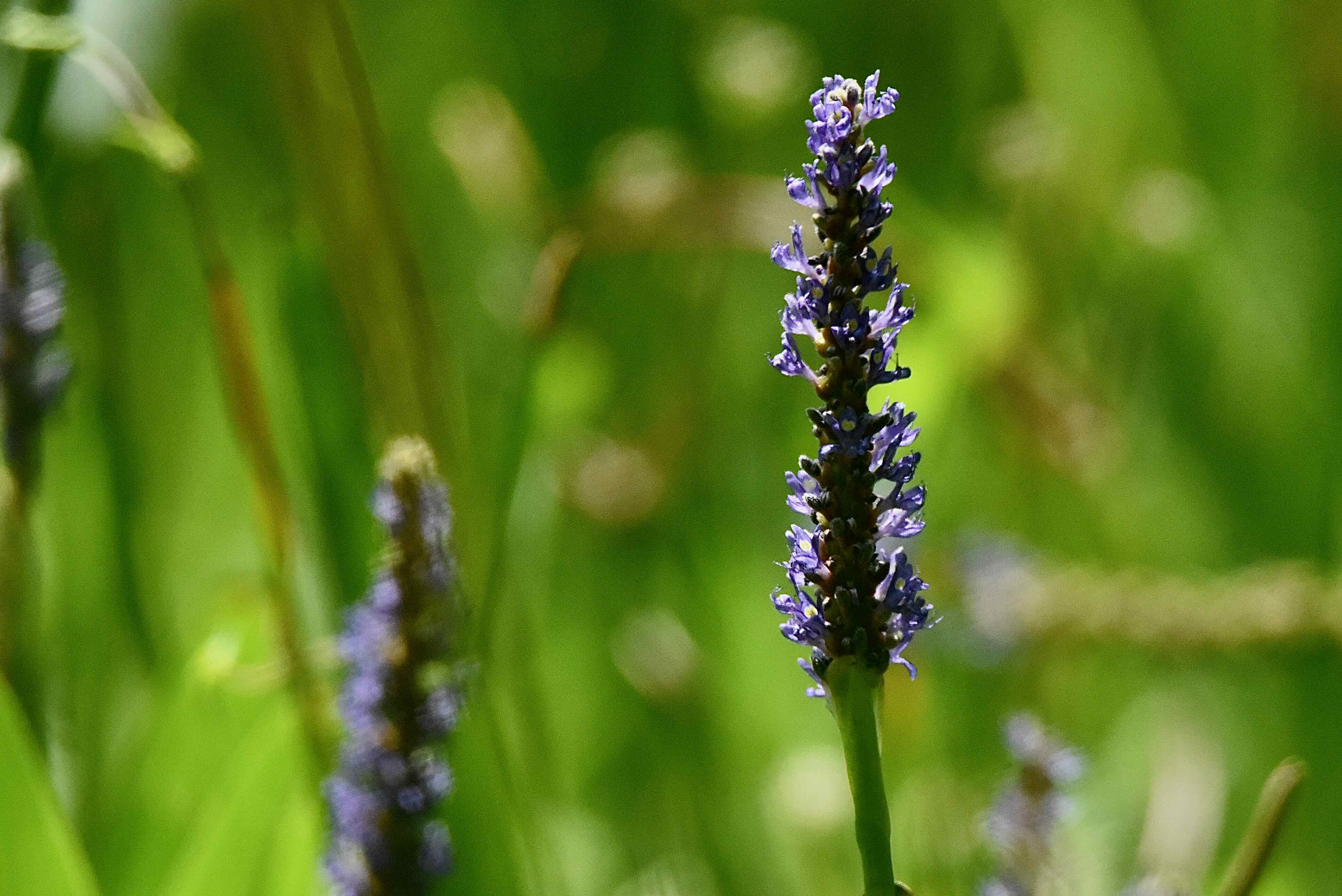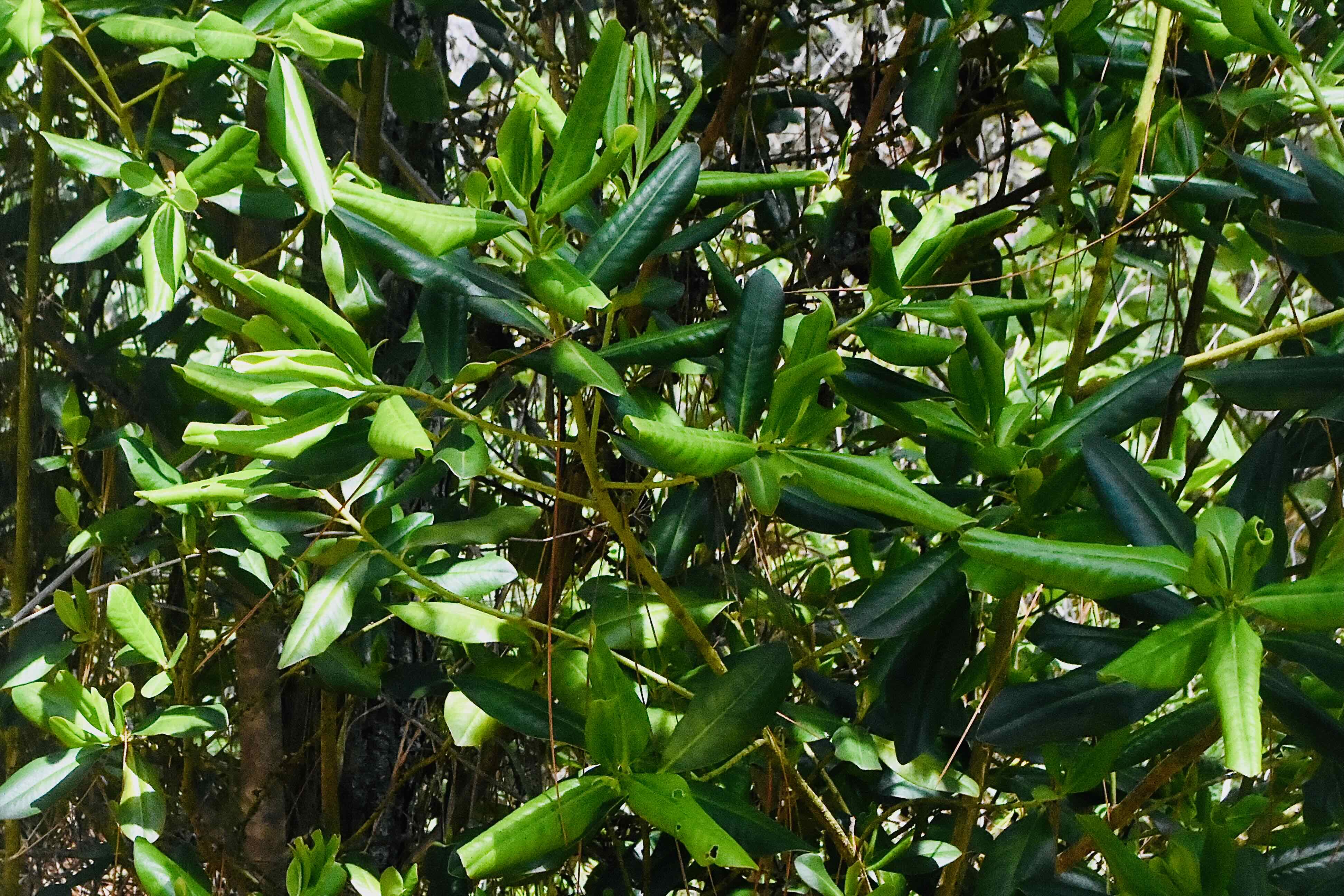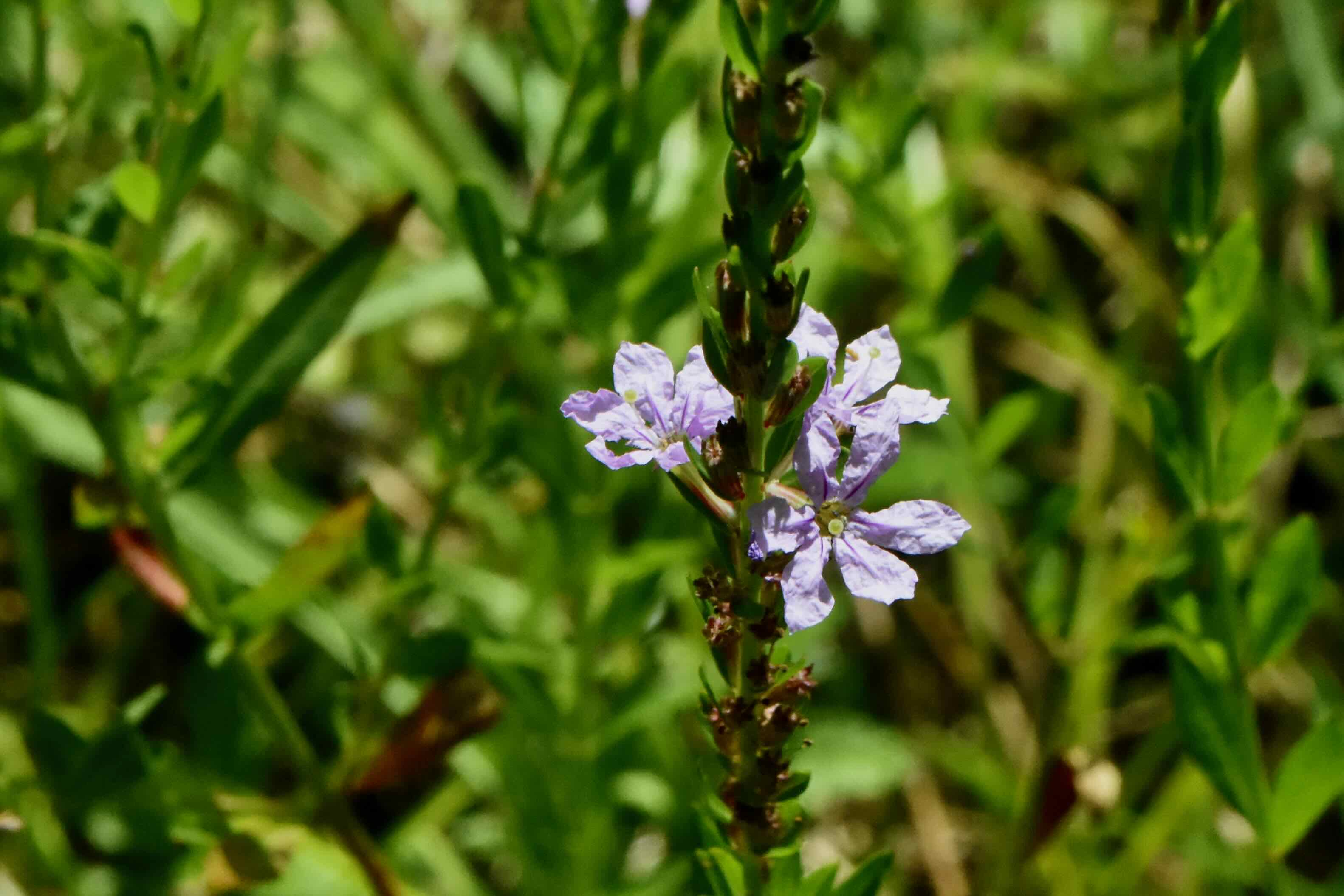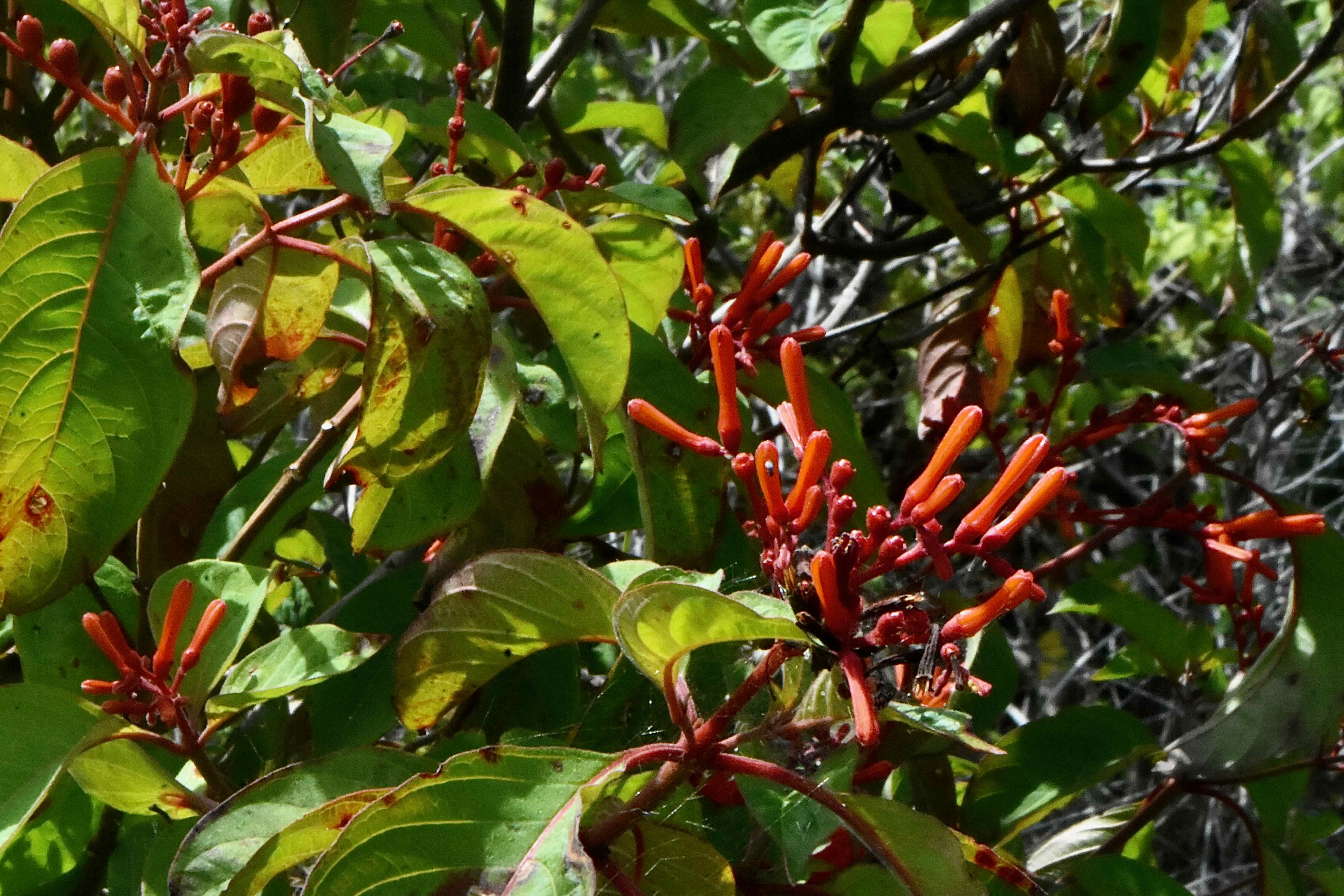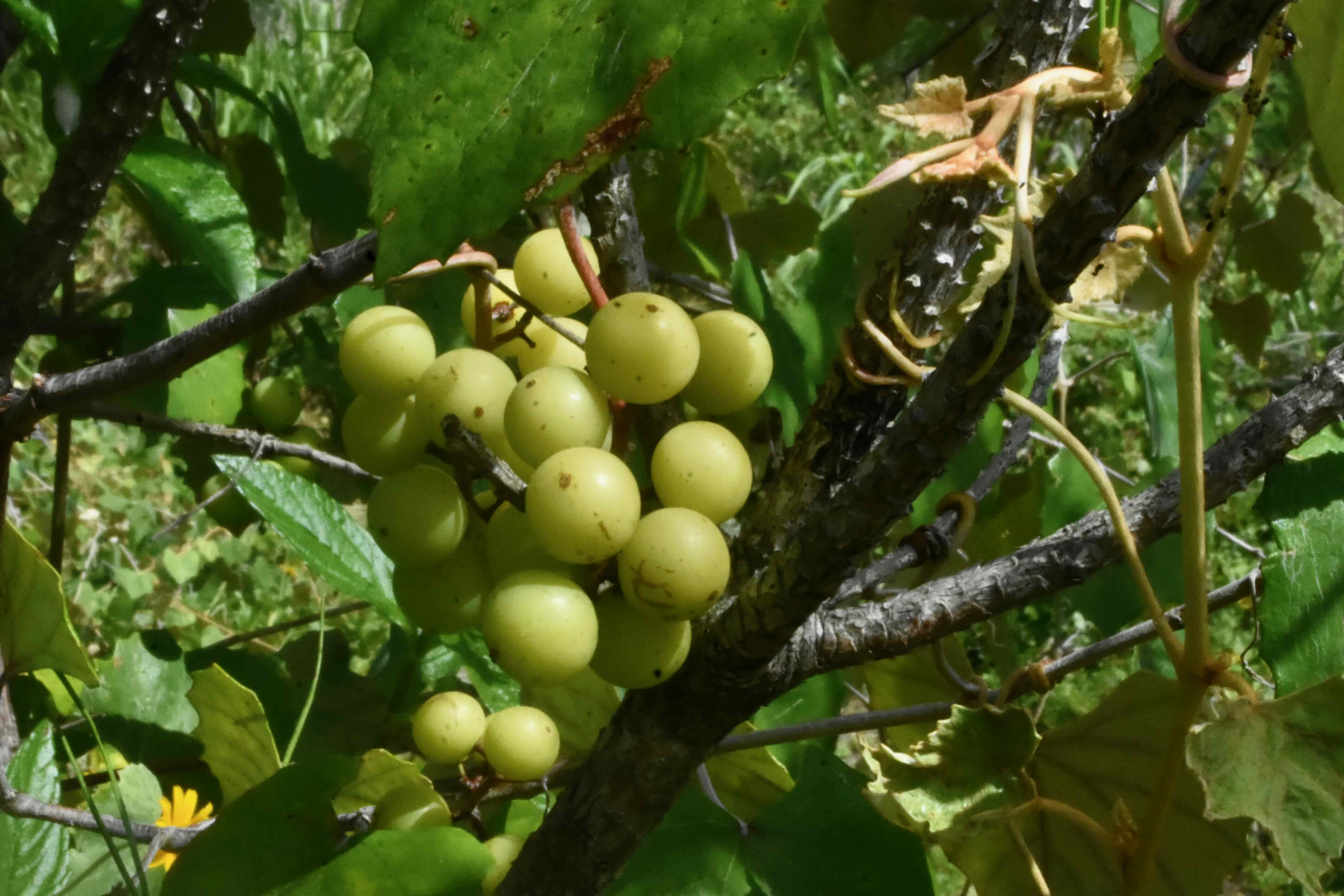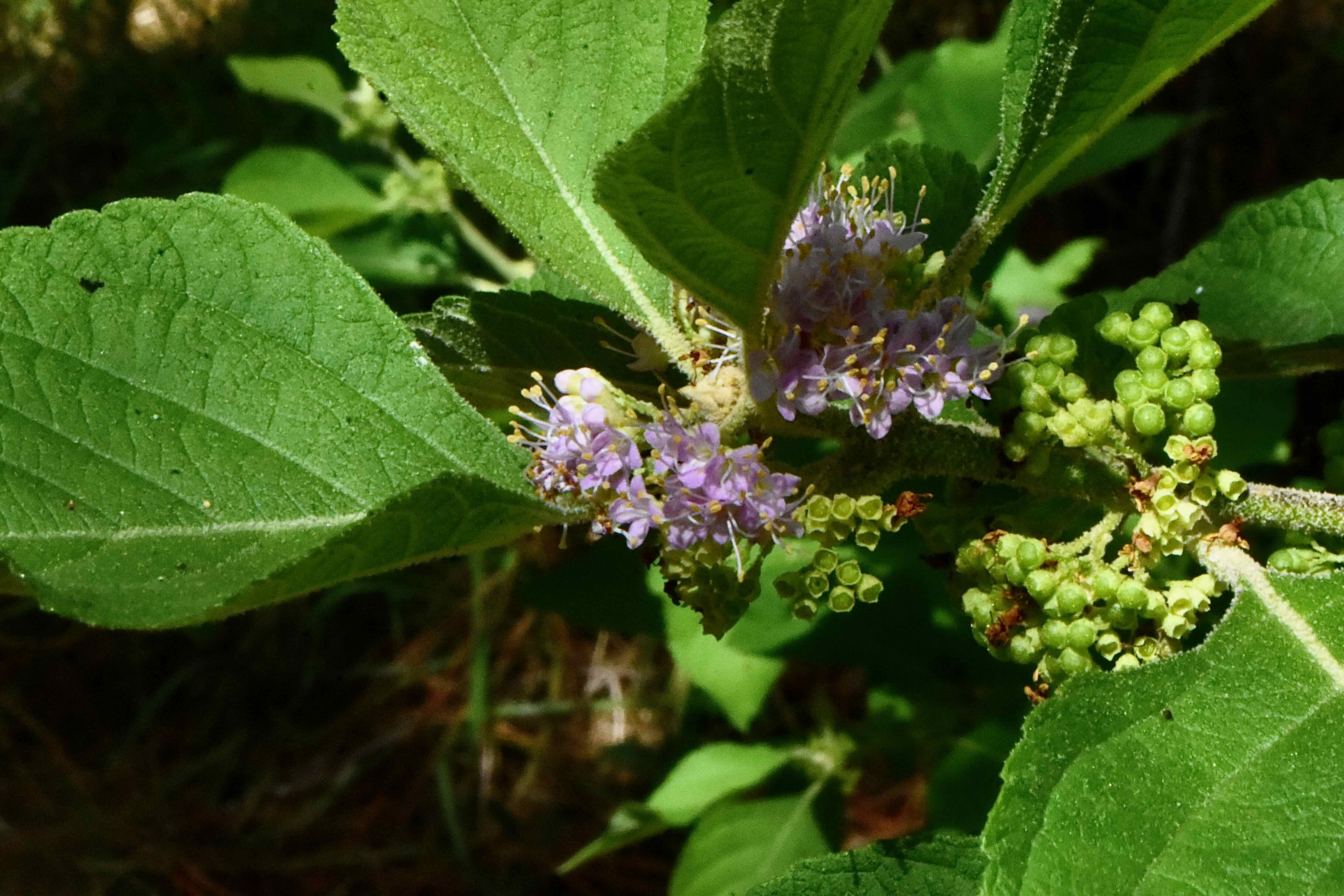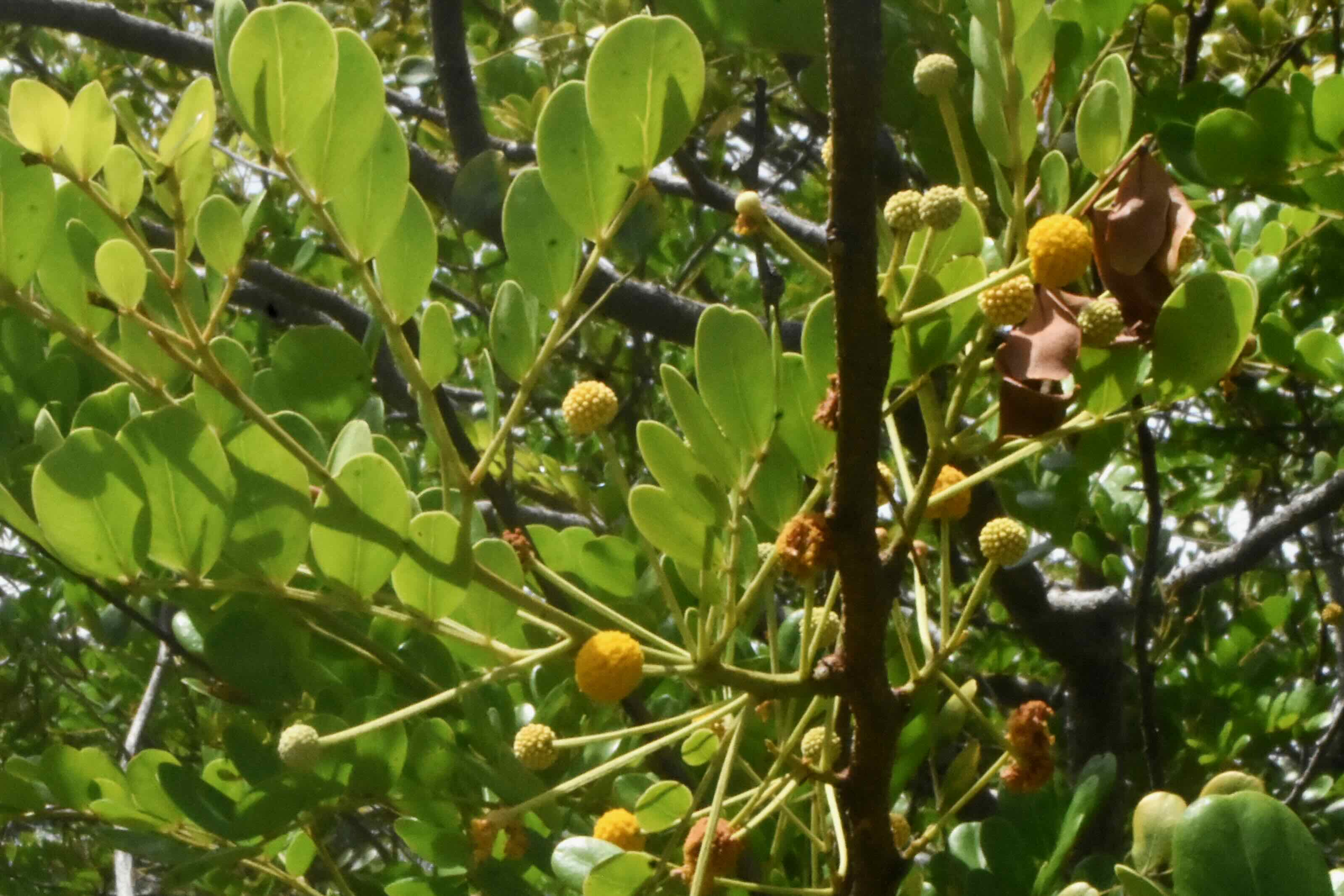Overview: A few things might come to mind with Quiet Waters Park. The splash park for one. The annual Renaissance Festival is another. But tucked away in a corner of the park, however, is a nature trail that winds its way through meadows and hammocks and even touches on some wetlands. The park itself is a bird and butterfly sanctuary.
The trail itself is only a few years old and extends for about 3,500 feet. It's an easy walk, wide, closely mowed and trimmed. It is well marked with interpretive signs; the one thing it lacks is a map, which park managers promise is coming soon (one might already be in place). On the other hand, the terrain is mostly wide open, so it's not difficult to find your bearings. Other parts of the park are worth exploring for birds, butterflies and other critters.
At 430 acres, Quiet Waters is fairly large for a park situated in an otherwise well-developed area. It is among the oldest parks in the region. It's also worth noting here that Quiet Waters has a history of hosting a pair of nesting bald eagles within its confines. You'll see reminders of those days throughout the park.
History: Quiet Waters Regional Park dates back to 1958, when it was known as Quiet Waters Beach. The lake itself is a former sand and gravel mine that had been established during the 1940s. The park has been upgraded over the years to include water skiing, a water park, camp ground and more.
What You'll See: Quiet Waters Park is mostly manicured, a place to enjoy a picnic or a stroll, or let your dog play with other pooches. It's made some headlines in the natural world as home for a pair of nesting bald eagles in recent years. A check on EBird app, developed by Cornell University's famed school of Ornithology, finds reports of other sightings as well. The nature trail itself is more of a developing thing, offering a small wetland, some rare and unusual plants like cinnecord and West Indian pinkroot. Our gallery near the bottom of the page doesn't reflect this, but Quiet Waters isn't a bad place to find butterflies. We spotted a fair number of species during our visits, various sulphurs, whites, tropical checkereds, zebra longwings, skippers, gulf fritillary and monarchs.
Amenities: There is plenty of parking at Quiet Waters Park as well as restrooms, picnic tables and pavilions. There's also a dog park where Fido can romp and roam. For a full list, check out the Quiet Waters website, link above.
Nearby: Military Trail Natural Trail isn't far off to the east along, of course, Military Trail. The Arboretum at Constitution Park is close by along Hillsboro Boulevard. To the west along Hillsboro Boulevard is the Helene Klein Pineland Natural Area, the West Creek Pineland Natural Area and the Kristin Jacobs Natural Area at Hillsboro Pineland sits just north of Hillsboro Boulevard along U.S. 441.
Links: The Friends of Quiet Waters Park Facebook page is here. Neither the Institute for Regional Conservation nor the Great Florida Birding Trail maintain pages for Quiet Waters.
Of Note: Like all Broward County parks, there is an admission fee on weekends and holidays but is free during the week.
Cover Photo: This is West Indian Pinkroot. It's just another weed to the average eye, but in some places in the Caribbean basin, it's very important plant medicinally. Quiet Waters Park is the only place in South Florida where we've seen it growing.
The trail itself is only a few years old and extends for about 3,500 feet. It's an easy walk, wide, closely mowed and trimmed. It is well marked with interpretive signs; the one thing it lacks is a map, which park managers promise is coming soon (one might already be in place). On the other hand, the terrain is mostly wide open, so it's not difficult to find your bearings. Other parts of the park are worth exploring for birds, butterflies and other critters.
At 430 acres, Quiet Waters is fairly large for a park situated in an otherwise well-developed area. It is among the oldest parks in the region. It's also worth noting here that Quiet Waters has a history of hosting a pair of nesting bald eagles within its confines. You'll see reminders of those days throughout the park.
History: Quiet Waters Regional Park dates back to 1958, when it was known as Quiet Waters Beach. The lake itself is a former sand and gravel mine that had been established during the 1940s. The park has been upgraded over the years to include water skiing, a water park, camp ground and more.
What You'll See: Quiet Waters Park is mostly manicured, a place to enjoy a picnic or a stroll, or let your dog play with other pooches. It's made some headlines in the natural world as home for a pair of nesting bald eagles in recent years. A check on EBird app, developed by Cornell University's famed school of Ornithology, finds reports of other sightings as well. The nature trail itself is more of a developing thing, offering a small wetland, some rare and unusual plants like cinnecord and West Indian pinkroot. Our gallery near the bottom of the page doesn't reflect this, but Quiet Waters isn't a bad place to find butterflies. We spotted a fair number of species during our visits, various sulphurs, whites, tropical checkereds, zebra longwings, skippers, gulf fritillary and monarchs.
Amenities: There is plenty of parking at Quiet Waters Park as well as restrooms, picnic tables and pavilions. There's also a dog park where Fido can romp and roam. For a full list, check out the Quiet Waters website, link above.
Nearby: Military Trail Natural Trail isn't far off to the east along, of course, Military Trail. The Arboretum at Constitution Park is close by along Hillsboro Boulevard. To the west along Hillsboro Boulevard is the Helene Klein Pineland Natural Area, the West Creek Pineland Natural Area and the Kristin Jacobs Natural Area at Hillsboro Pineland sits just north of Hillsboro Boulevard along U.S. 441.
Links: The Friends of Quiet Waters Park Facebook page is here. Neither the Institute for Regional Conservation nor the Great Florida Birding Trail maintain pages for Quiet Waters.
Of Note: Like all Broward County parks, there is an admission fee on weekends and holidays but is free during the week.
Cover Photo: This is West Indian Pinkroot. It's just another weed to the average eye, but in some places in the Caribbean basin, it's very important plant medicinally. Quiet Waters Park is the only place in South Florida where we've seen it growing.

